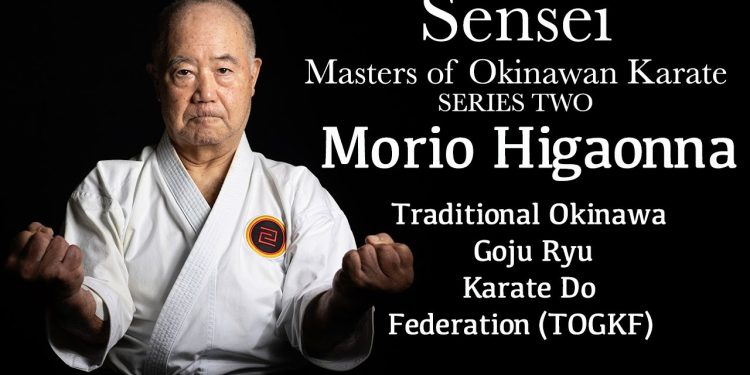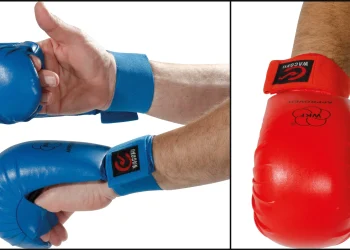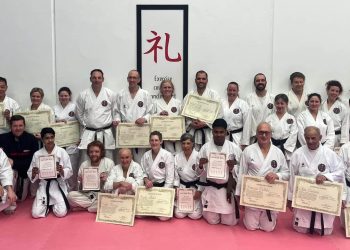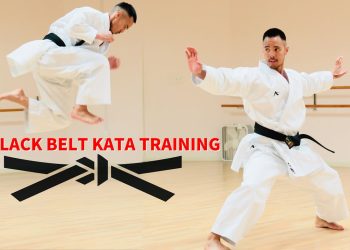Frankly speaking, stepping into a dojo and learning karate isn’t just about punches or kicks. The real treasure trove rests with the karate sensei, the maestro guiding the art. They embody tradition, discipline, and more—often serving as mentors beyond martial arts. But what makes a sensei tick? Is it all about technical prowess, or is there an untold depth to their role? Let’s explore.
The Cornerstone of Tradition and Culture
A karate sensei isn’t merely a teacher; they’re a custodian of culture and history. Karate didn’t spontaneously appear—it has roots, stories, and philosophies ages deep. And this legacy is passed down through dedicated masters. Did you know the term “sensei” signifies “one who precedes”? It speaks to both experience and lifelong learning. Karate senseis don’t just teach moves—they instill values, helping learners cultivate respect and humility.
Beyond Techniques: The Art of Patience
If you’ve ever watched a sensei work, you’ll notice a certain rhythm—a mix of patience and precision. They know that teaching karate isn’t a sprint. It requires time and persistence to shape students both mentally and physically. Modern studies suggest patience enhances learning, fostering a supportive environment. So next time you see a sensei, remember, they’re mastering patience as much as their students are mastering moves.
Skills: The Heart and Essence
Contrary to popular belief, being a sensei isn’t just about martial mastery. Yes, they’ve honed techniques—likely over years. But they’re also adept in communication and motivation. How do they inspire tenacity? Through wisdom and strategic guidance, empowering students to delve further with each lesson. Master Gichin Funakoshi, the father of modern karate, believed in “mental and moral refinement,” not just physical training. That’s the hallmark of a true sensei.
Connecting Generations: Bridging Past and Present
Too often, martial arts are perceived as ancient relics, but karate senseis are changing that narrative. They adapt teachings for today’s world while preserving core principles. How do they balance this? By integrating modern exercises with traditional stances, keeping learners intrigued. Senseis build bridges between the old and new, connecting digital natives with the analog wisdom of the past.
Karate’s Influence Beyond the Dojo
Sure, a sensei’s influence is profound in a dojo, but their impact stretches beyond those walls. Former students often report life-changing guidance, extending into everyday challenges. Why? Because karate is more than combat; it’s a mental framework applicable to business, relationships, and personal growth. A sensei’s teaching style—strict yet nurturing—prepares individuals for life’s battles.
The Emotional Quotient: Empathy on Mats
Emotional intelligence isn’t typically linked with karate, yet a sensei’s empathy can be profound. Consider how they cater to diverse personalities and hurdles. Ever seen a sensei lead with a blend of firmness and kindness? It’s a nuanced art in itself, understanding each pupil’s journey. Empathy enables senseis to guide genuine progress, overcoming personal struggles.
Unraveling Misconceptions: Breaking Stereotypes
Sensationalized media sometimes portrays senseis as stern disciplinarians. Yes, discipline is essential, but it’s balanced with insight and humor. Many senseis infuse joy into sessions, using laughter to break tension. They’re not robots barking commands—they’re human, often with a playful side. This mix of seriousness and playfulness creates a teaching atmosphere that fosters learning naturally.
Encouraging Lifelong Learning for All
Karate senseis relish in what they do, evident in their continuous learning. A great sensei understands that education is endless—effortlessly instilling this mindset in learners. They challenge students to seek knowledge, to be curious. But what’s the secret sauce here? It’s passion. Passion fuels commitment and inspires beyond measure.
Interesting Fact: The first karate school in mainland Japan was opened in 1922 by Gichin Funakoshi. He is widely celebrated as the “father of modern karate.”
Sensei in Daily Practices
Let’s talk routines. A sensei’s day isn’t just about teaching. They’re practitioners themselves, dedicated to their path. Imagine a routine starting with meditation and ending in reflection. Here’s a sneak peek into a typical sensei’s daily schedule:
| Time | Activity |
|---|---|
| 6:00 AM | Meditation |
| 7:00 AM | Personal Training |
| 9:00 AM | Class Preparations |
| 10:00 AM | Teaching classes |
| 1:00 PM | Break / Administrative Duties |
| 3:00 PM | Advanced training for black belts |
| 5:00 PM | Evening Classes |
| 8:00 PM | Reflection and Planning |
Conclusion
Karate senseis hold a special place in the hearts of many. They’re not just instructors but lifelong mentors, guardians of a timeless art. Through patience, passion, and profound wisdom, they’ve touched countless lives—not merely teaching karate, but advocating a way of life. So next time you hear the word “sensei,” think of the journey—a path much deeper. Thank you for joining me on this exploration. Don’t forget to check out other articles on our site!
FAQ
What qualifications does a karate sensei need? Most senseis have black belts and years of experience, plus teaching credentials specific to their dojo or organization.
How long does it take to become a sensei? It takes years of disciplined practice and teaching; often, one must be a black belt for several years before becoming a sensei.
Are senseis different across karate styles? Yes, each style (like Shotokan or Goju-Ryu) has unique methodologies, but core philosophies often overlap.

Comparison of Key Aspects of a Sensei:
| Aspect | Old Perception | Modern Realization |
|---|---|---|
| Teaching Style | Stern and Strict | Strict yet Nurturing |
| Role | Martial Master | Mentor and Guide |
| Emphasis | Physical Mastery | Mental and Moral Refinement |















